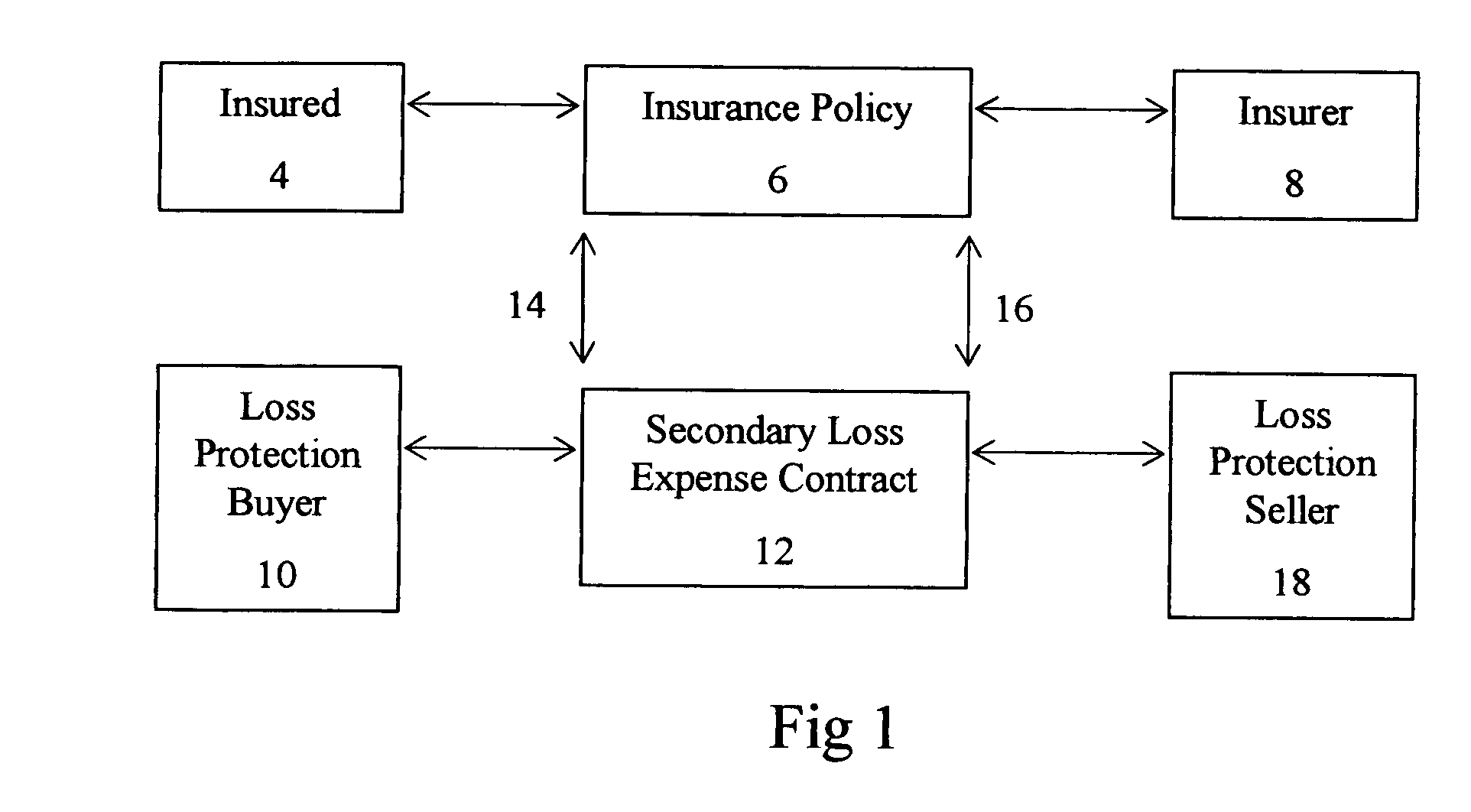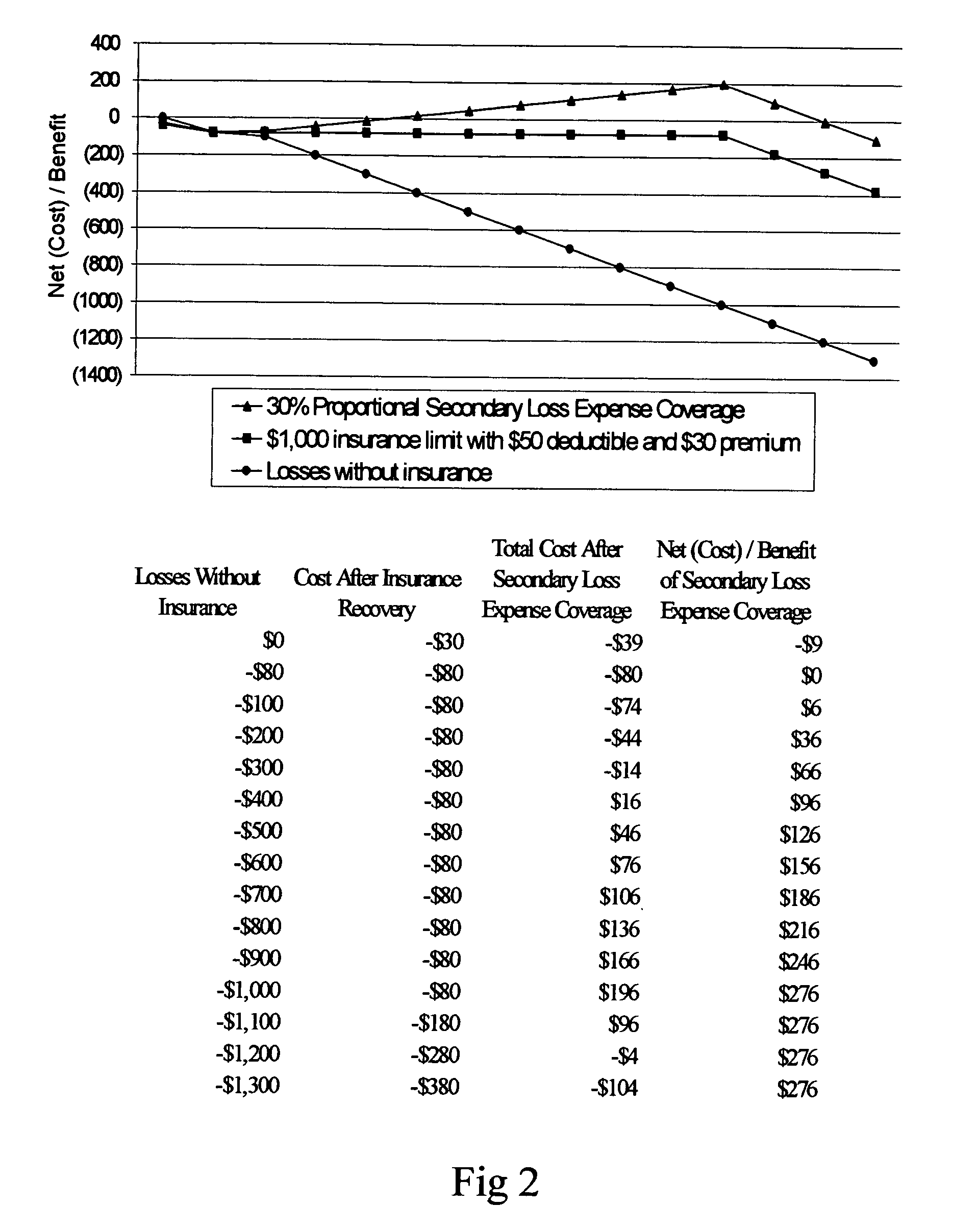Substantiating insurable losses can be very expensive for both insureds and insurers.
In instances where coverage exists, claimants must spend considerable effort identifying and substantiating their losses.
If a loss is not easy to define or prove, it should not be insured because it will result in unduly complex coverage terms, disagreements over coverage interpretation, and difficulties in proving and quantifying losses.
Because insurance is based on the principle of indemnity, it is impossible to obtain a reimbursement for a loss without substantiating the amount of the loss.
For most losses this is problematic, and for many losses this is impossible.
The collateral losses would be all of the costs associated with the inconvenience of not having a workable factory.
Management and employees must spend time trying to recover from this event, and there is always a significant amount of opportunity cost that can never be adequately assessed.
Nevertheless, the collateral costs (for example
lost time and other expenses) associated with fixing or replacing the car are not typically covered by insurance.
Similarly, insurance may cover the direct cost of paying for and defending against a liability claim, but it typically would not cover the costs necessary to restore an entity's reputation via an advertising program or to institute new practices and procedures.
In most cases, companies and individuals are not insured against collateral losses because these losses are too difficult to define in advance or prove after the fact to make an insurance transaction viable for both insurers and insurance buyers.
Furthermore, policyholders often have considerable discretion over collateral losses, making them impossible to quantify and subject to significant moral
hazard.
Since collateral losses are becoming an ever larger part of most companies' loss experience, it is no wonder that companies are increasingly frustrated with insurance.
Unfortunately, each of these measures also means that the insured is never fully compensated for a loss.
While insurers may have reduced moral
hazard, they have done so at the cost of making insurance less valuable to the insured.
Even when it is relatively easy to substantiate that a direct loss has occurred, it is not always easy to determine the value of that loss.
Selecting coverage, defining losses, and meeting other insurance requirements can be very burdensome for both insurers and their customers.
Moreover, this amount does not reflect the significant costs that insurance buyers expended in getting coverage, substantiating their losses, and proving that those losses were covered under their insurance policies.
The amount of time and expense that is involved in buying insurance and collecting on it can be very discouraging to insurance buyers, and it places new burdens on them when they are least able to deal with them.
Furthermore, it is not unusual for there to be disputes about what was covered, after a loss has occurred, and many claimants initiate litigation proceedings against their insurers to force them to pay.
The inability to define in advance all the losses that will be covered by the policy makes it difficult for the insurance buyer to assess the value of the insurance policy and makes it equally hard on insurers to determine a fair premium.
The high cost of underwriting and loss adjusting are also huge deterrents to companies that would like to finance insurable risk.
In effect, the large transaction costs associated with insurance represent a huge barrier to entry that discourages third parties from offering coverage and increases the cost of capital that is necessary to finance risk.
However, this technique is only used to share risks between insurers and reinsurers.
However, a number of insurers and reinsurers have had some limited successes in creating bond instruments and other types of securities that have enabled them to transfer a portion of their insurable risks to others.
These transactions typically involve transferring catastrophic risks such as earthquake and hurricane losses that are considered to be substantially outside of any particular insurer's and reinsurer's ability to control or influence.
None of these securities were designed to offer new forms of coverage or risk transfer options to a single insured that is not actively engaged in the insurance or reinsurance business.
Moreover, these types of transactions have not been based on a single policy between an insured and an insurer.
In addition, there is no standard relationship between the price that is charged and the coverage that is provided by a securitization in relation to the underlying insurance policies.
Given high transaction costs and the necessity of defining and proving losses, it becomes clear that insurance is a risk financing solution with significant limitations.
In practice, this is impossible.
Collateral losses, deductibles, coinsurance, and coverage limits mean that the insured will never be fully recompensed for their losses.
These cost include sales, underwriting, and loss adjustment expenses and amount to approximately forty percent of property / casualty premium dollars in the United States.
 Login to View More
Login to View More  Login to View More
Login to View More 


